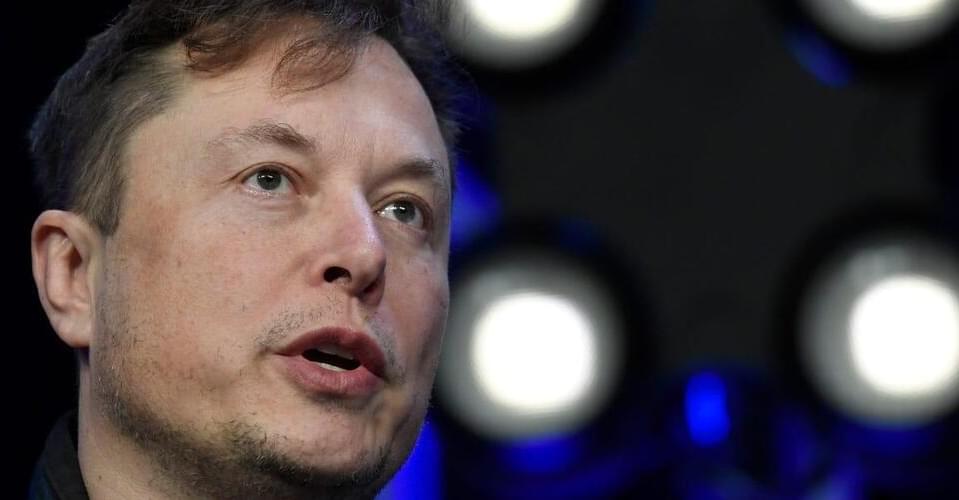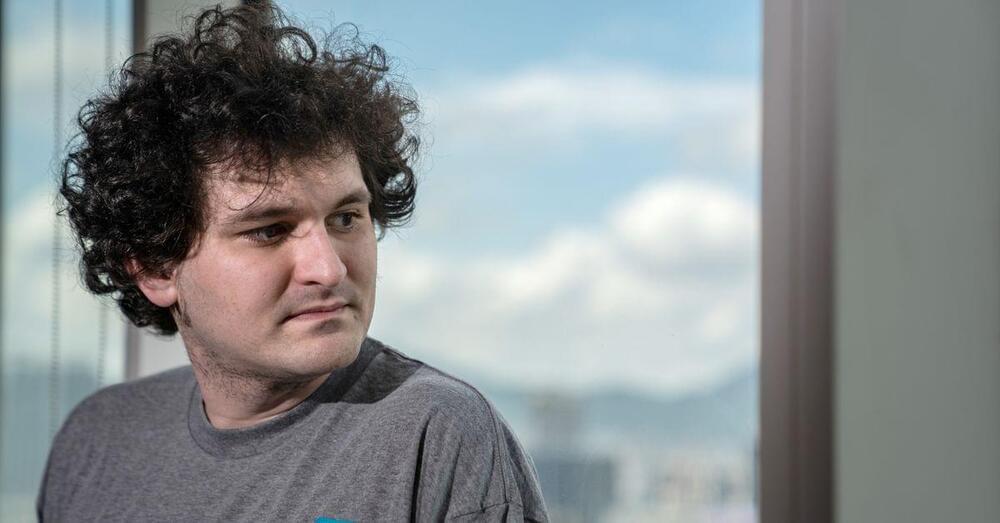It’s all thanks to nanoclusters.
A new nanoscale 3D printing material developed by Stanford University engineers may provide superior structural protection for satellites, drones, and microelectronics.
A dual-phase, nanostructured high-entropy alloy that has been 3D printed by researchers from the University of Massachusetts Amherst and the Georgia Institute of Technology is stronger and more ductile than other cutting-edge additively manufactured materials. This discovery could lead to higher-performance components for use in aerospace, medicine, energy, and transportation.
High entropy alloys (HEAs), as they are called, have gained popularity as a new paradigm in materials science over the past 15 years. They allow for the creation of a nearly limitless number of different alloy designs since they include five or more elements in nearly equal amounts. Brass, carbon steel, stainless steel, and bronze are examples of traditional alloys that mix a principal element with one or more trace elements.
People affected by the lethal glioblastoma cancer only live for 12–18 months after diagnosis.
A global trial that began in 2007 has confirmed that a vaccine for the treatment of the most lethal brain cancer can give patients years of extended life.
Peterschreiber.media/iStock.
“This is a potent molecule that’s very exciting to us in terms of its potential for deployment against glioblastoma,” said Steve Kay, Ph.D., the senior author of the study.
Tesla (NASDAQ: TSLA) may be slowly making its way toward Ark Invest’s Golden Goose scenario, which involves a $22,000 price target pre-split.
At the beginning of 2020, ARK Invest released its updated TSLA valuation based on new research it had collected at the time. ARK analysts described ten difference scenarios Tesla could take leading up to 2024 and gave each one a price target.
Tesla seems to be on track to hit the scenario ARK Invest labeled “The High Functioning EV Company” which has a price target of $3,400. Keep in mind that ARK released these estimates before Tesla announced the stock split. In this scenario, Tesla manages to lower costs and build factories efficiently, but doesn’t launch its autonomous network.
Esla has managed to reduce costs further this year and could continue to do so in the coming years. In the third-quarter earnings call, CFO Zachary Kirkhorn stated that Tesla would continue to reduce manufacturing and operational costs in the future.
“We are also seeing benefits from the ongoing upward trend of locally built and delivered cars, which has increased from under 50% at the beginning of last year to over 70% most recently, which is a core component of our cost reduction strategy,” he added.
Gigafactory Shanghai showed that Tesla could build factories efficiently.
Tesla China has been an integral part of the company’s profitable quarters this year. The construction of Giga Berlin and Giga Texas are not moving at quite the same speed as Giga Shanghai. However, Tesla has stated that the construction of Gigafactory Berlin and Texas are on schedule and could still start production by 2021. — Adam (@AdamHoov) November 26, 2020 These numbers don’t seem so crazy anymore (we’re at $2875 post split) $tsla @ARKInvest pic.twitter.com/PFkJMaOOvF
Very few have signed up for Musk’s Twitter 2.0.
Twitter offices were abruptly shut down on Thursday after hundreds of employees signed off from the company after refusing to comply with Elon Musk’s ultimatum.
Reports suggest that Musk had to meet a team of engineers to know why so many were leaving. Now offices have to shut to prevent sabotage.
The California PUC granted Waymo a permit to operate 24 hours/day in San Francisco taking select members of the public for rides with no safety driver in the vehicle. Waymo says it will begin this shortly. This comes on the heels of them expanding such service in Phoenix, as reported in my article on how the death of self-driving cars has been greatly exaggerated earlier this week.
This service will be with “trusted testers” rather than members of the broad public that can ride in Chandler and Phoenix, Arizona. Limiting ridership can be useful when demand is higher than supply, and also to learn from people who ride it repeatedly, but it has another less noble purpose, namely that riders can be under NDA and not exposing any problems to the public. (Waymo previously has required this of “trusted testers” but says they will very quickly transition to not needing an NDA.) Once a service allows members of the general public to ride with no conditions, it’s a declaration that “we’re confident we are not going to do anything embarrassing.” Cruise, which is Waymo’s rival in SF, has been serving the public for some time, and on Nov 16 announced they will be doing daytime rides with GM employees. Cruise had previously only been operating with passengers after 10pm on much calmer streets.
Waymo also announced it will deploy in Los Angeles soon (it has been testing with staff there.) In LA they also revealed their new robotaxi model, built by Geely under the Zeekr brand in China. I will have more comment when I get to see it, though I am disappointed the front seats don’t swivel to allow more social settings when a group of more than 2 go for a ride. (Facing backwards is less comfortable for some, but also safer in a forward crash.) California Public Utilities Commission (CPUC), in ongoing efforts to support transportation innovation, today authorized Waymo LLC to participate in California’s pilot program to provide “driverless” autonomous vehicle (AV) passenger service to the public. Waymo joins the CPUC’s Driverless Pilot program, in which passengers can ride in a test AV that operates without a driver in the vehicle. Waymo may not charge passengers for any rides in test AVs.
Defiant Sam Bankman-Fried declares he has ‘2 weeks to raise $8b’ after FTX bankruptcy.
In Twitter DMs, Bankman-Fried told Vox what went wrong, why he did what he did, and what lies he told along the way.
The Artemis mission is preparing astronauts for this lofty goal.
Humans are on course to be living and even working on the moon by 2030, a NASA official told BBC’s Sunday with Laura Kuenssberg program.
Howard Hu, the head of the U.S. agency’s Orion lunar spacecraft programme, said astronauts could stay on the celestial object for extended periods of time by the end of this decade.








